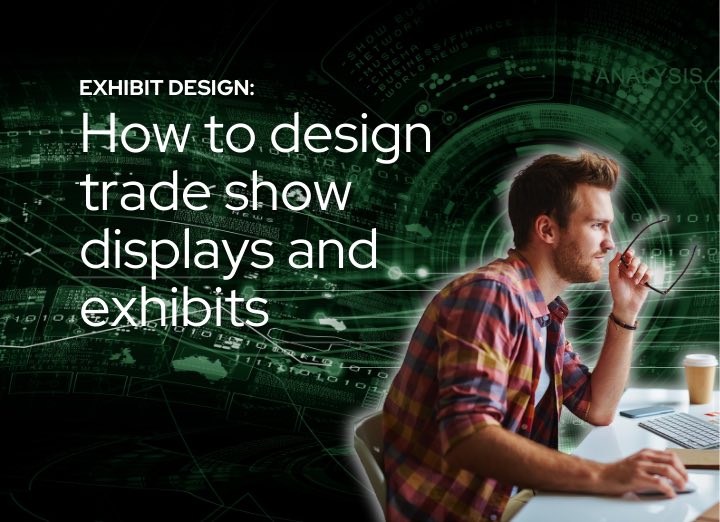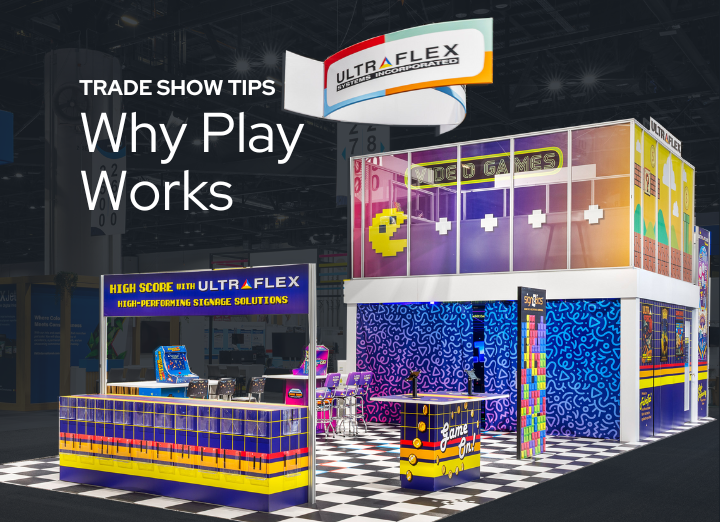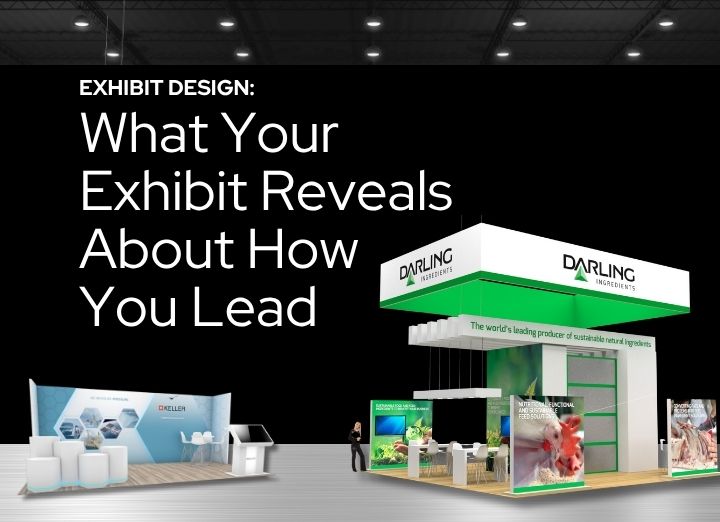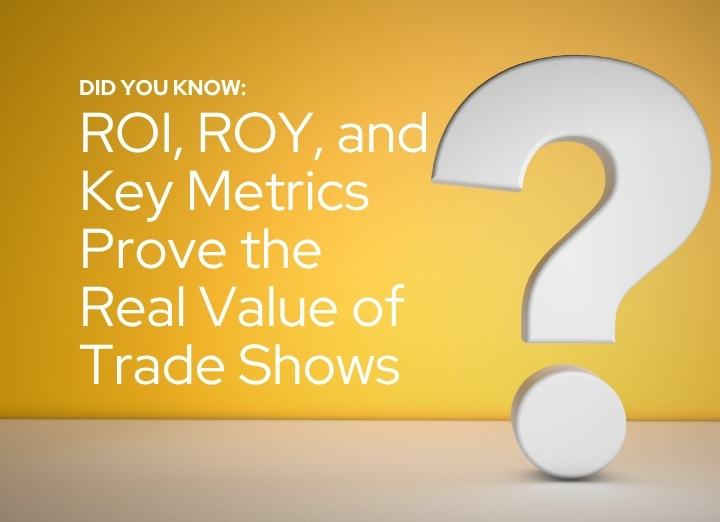The way your exhibit is designed plays a large role in determining whether your event experience is an utter failure, or a phenomenal success. The greatest challenge in event marketing is compromising between a unique, breathtaking design and a cost effective, functional design. It is also important to find a middle ground between a highly detailed, flashy exhibit that attracts attention and a simple, clean exhibit that allows people to focus on your specific brands, products, services or messages more easily. The following tips will help you to plan out what type of design will be most beneficial to your organization.
The primary purpose of a well designed booth is to get peoples’ attention and influence their purchasing decisions. It is also of utmost importance that the design focuses on product / service benefits and your sources of competitive advantage or differentiation. There are numerous elements involved in design that will help to achieve these goals. They include: structure, lighting, graphics, color, materials, layout, multimedia/technology, motion/sound/smell/texture, and interactive elements. You can integrate each of these things into your exhibit’s design to target a specific audience that is more likely than the general public to purchase what you offer. The combination of these elements should convey your marketing message and enhance your organization’s identity. For more information on lighting, graphics, and multimedia/technology, check out the “Event Tips” that have been posted for those aspects of design.
Before you start to decide upon design details, you must select a primary message that you want your visitors to understand. If there is too much going on in your exhibit, people will not remember the nine reasons why your company is better than your competitors. They will only be able to remember one or two reasons. Therefore, you must consolidate your marketing messages into one concise, convincing reason why your company is superior to the others. Only communicate the key features or benefits of your product / service and be sure to have a consistent message. Your exhibit should reflect other forms of marketing such as your website, literature, and logo in a consistent fashion. Otherwise, your potential customers will lose track of your primary theme, making it more difficult to understand the essence of your company.
Determine what designs will be the most effective based on your needs, your customers’ needs, your marketing strategy, the types of events you attend, your budget, and your brand image. The best way to assure that your design matches these criteria is to hire a professional consultant/designer who can interpret your needs and assimilate that information into specific design elements.





